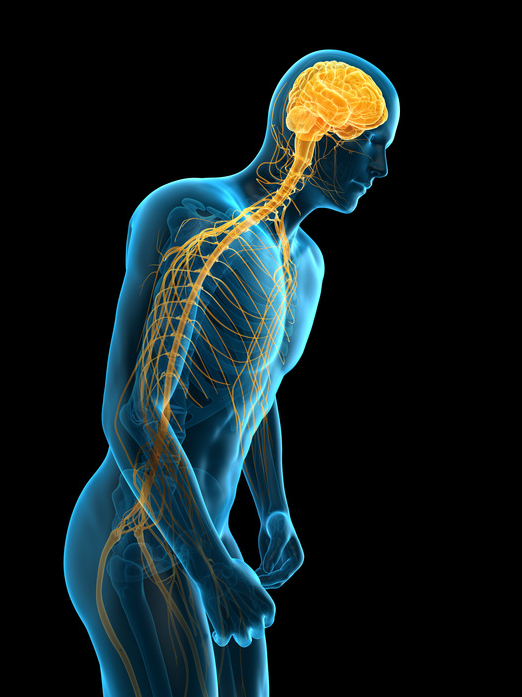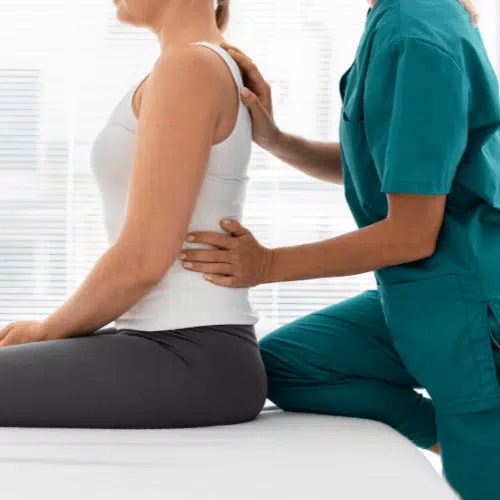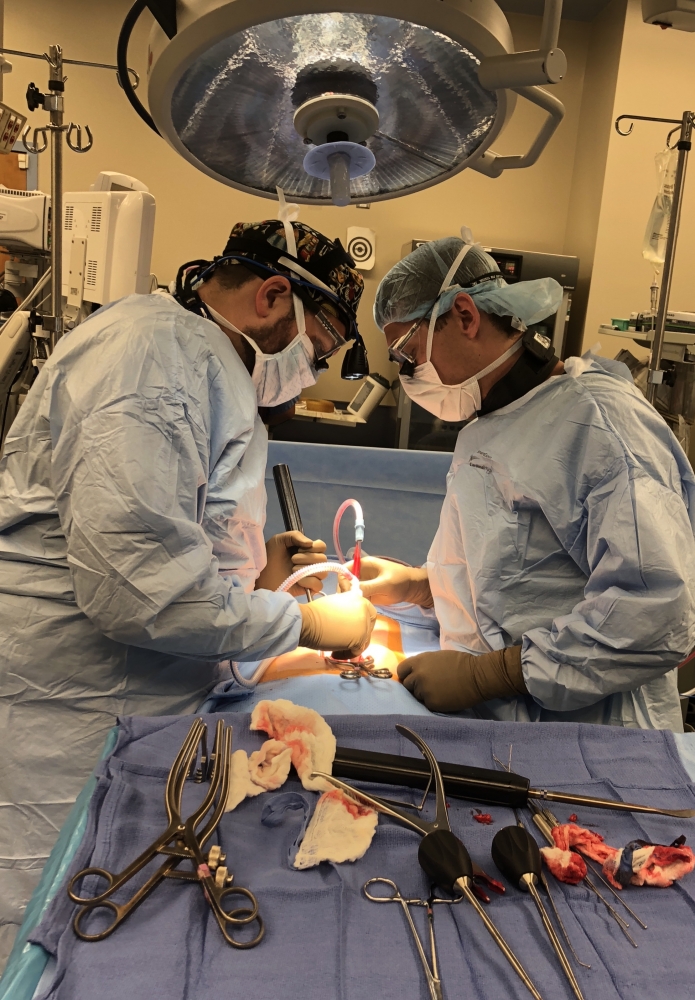A Review of Spine Conditions That Frequently Outcome in Surgical Treatments
Back conditions such as herniated discs, spine constriction, and degenerative disc condition often demand medical treatments when conventional therapies stop working to minimize consistent symptoms. Recognizing the nuances of each problem and the equivalent surgical options, such as discectomy or spine fusion, is crucial for effective monitoring.
Herniated Discs
Although lots of individuals with herniated discs might locate relief through conventional therapies, surgical procedure ends up being an essential consideration when symptoms persist or intensify - best spine surgeons in st louis mo. A herniated disc occurs when the soft inner gel of a back disc sticks out with its outer layer, possibly compressing neighboring nerves and leading to pain, tingling, or weakness in the extremities
Conventional management normally includes physical treatment, pain medicines, and corticosteroid injections, which intend to decrease inflammation and boost function. Nonetheless, in instances where these methods fall short to relieve devastating signs and symptoms, medical options may be checked out.
One of the most usual operation for herniated discs is a discectomy, which includes the elimination of the herniated section of the disc to soothe pressure on the impacted nerve origin. In extra serious instances, spinal fusion may be required to maintain the affected vertebrae.
Clients are recommended to go over the prospective risks and benefits of surgery with their doctor to make an informed decision. Eventually, the objective of any kind of medical treatment is to recover function, minimize discomfort, and improve overall lifestyle for individuals experiencing herniated discs.
Spinal Constriction
Back constriction occurs when the areas within the spine narrow, leading to increased stress on the spine and nerves. This condition can create in numerous areas of the spine, including the cervical and lumbar areas, typically because of age-related changes, such as degenerative disc disease, arthritis, or thickening of tendons.
Individuals with back stenosis might provide with symptoms that consist of pain, pins and needles, tingling, or weak point, mainly in the legs or arms. These signs and symptoms can be intensified by tasks that entail standing or strolling, typically leading people to look for relief via conventional treatments like physical therapy, medications, or epidural steroid shots.
Nevertheless, when these non-surgical treatments fail to offer sufficient alleviation, surgical alternatives may be considered. Usual surgical treatments for spine constriction include laminectomy, which involves the elimination of component of the vertebra to ease pressure, and spinal combination, which stabilizes the afflicted area. The decision to pursue surgical procedure is usually based upon the seriousness of signs, the level of useful impairment, and the general health of the client. Motivate diagnosis and monitoring are essential to avoid more neurological concession and boost quality of life.
Spondylolisthesis
Spondylolisthesis occurs when one vertebra slips ahead over one more, leading to imbalance of the spine. This condition can arise from different variables, consisting of congenital problems, trauma, or degenerative modifications in the spinal column. It is most frequently observed in the back region, particularly at the L4-L5 and L5-S1 levels.

When non-surgical approaches stop working to relieve signs or when significant nerve compression is existing, surgical treatment might be required. Surgical options can consist of back fusion or decompression treatments, intended at bring back alignment and easing neurological symptoms.
Degenerative Disc Illness

Patients with DDD typically experience pain that may radiate to the arms or legs, relying on the influenced region of the spinal column. The problem can be identified via a mix of clinical examination, imaging researches, and person background. Therapy choices usually start with traditional actions, consisting of physical treatment, pain monitoring, and way of living alterations. Nonetheless, when these strategies fall short to offer ample alleviation, surgical treatments might article be taken into consideration.
Surgical options for DDD might include spine combination or fabricated disc replacement, targeted at supporting the affected sector and easing pain (best spine surgeons in st louis mo). Inevitably, the option of treatment is embellished, considering the seriousness of the condition, individual wellness, and way of life aspects
Spinal Growths

Spinal growths can occur from various variables, consisting of hereditary predisposition, environmental impacts, and pre-existing clinical problems. Patients may offer with an array of signs and symptoms, consisting of localized discomfort, neurological deficits, weakness, or changes in digestive tract and bladder feature, depending on the lump's size and location.
Surgical intervention might be warranted to alleviate signs and symptoms, acquire a biopsy, or eliminate the lump completely. The goal of surgical treatment is usually to decompress neural components and stabilize the spinal column. Early discovery and intervention are critical for optimizing results in patients with spinal growths.
Final Thought
In summary, spinal column problems such as herniated discs, spinal stenosis, spondylolisthesis, degenerative disc illness, and spine lumps frequently require medical treatment as a result of their possible to cause considerable discomfort and useful disability. While conventional therapies might offer short-term alleviation, surgical alternatives become vital when signs and symptoms worsen or continue. Timely diagnosis and intervention play a critical duty in bring back feature and boosting the lifestyle for affected people, underscoring the importance of detailed spine treatment.
